| |
|
|
|
WESTERN
FORKTAIL
|
|
Ischnura
perparva
|
|
Western Forktail is a common and
widespread species — both throughout California and in Monterey County
— but it is still somewhat elusive, at least to beginners. It is very
small (1 inch), flies only short distances, and has a bewildering
assortment of immature and female patterns that can sometimes make
identification intractable.
|
|
|
|
Photo (above) 30
July 2006 Lopez Cyn, just W of Pinnacles NM
Photo (below) 2 Aug 2006 Laguna
Grande
|
| Male Western Forktail (above & below) are
lovely creatures patterned in black and aqua-blue. There is a prominent
colored stripe between the top and side black stripes on the thorax;
two small colored 'eye-spots' and another spot between those atop the
head; and an extensive blue patch atop abdominal segments 8 and 9 and a
bit of 10, connected (usually) to blue below these segments. Some males
seem a bit more green (above) while others are more blue (below). They
can also be identified in-hand by their terminal appendages (see
Manolis 2003). |
|
|
|
|
|
|
Females (above & left) are much more
complicated. They start out orange but turn pale green as they age, but
also with age a grayish-blue pruinescense covers the entire abdomen and
upper thorax, obscuring the color. Many end up with all sky
blue-grayish abdomens. All female Western Forktails have a relatively
stout abdomen — compared with Pacific or Black-fronted — but this is a
subtle character learned with practice. I certainly messed up the i.d.
of many my first year. Older Pacifics also get pruinose.
One usually finds more Pacifics than
Westerns, so perhaps the first question should be: why isn't this a
Pacific? Stigma color, which has been cited as a field mark, is not
consistent [see Pacific
Forktail page] although Westerns average darker stigma.
|
|
|
Photo (above full
frame) 21 Oct 2006 Lake San Antonio
Photos (above left) 5 Aug 2006 Arroyo
Seco
|
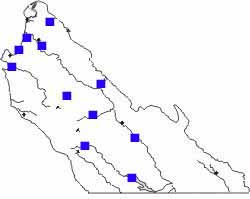 The map shows a selection of locales at which
Western Forktail has been found. It is widespread in the lowlands and
into the Santa Lucia foothills. It is found around still, shallow
water: pond edges, grassy wet meadows, seeps, trickles. The map shows a selection of locales at which
Western Forktail has been found. It is widespread in the lowlands and
into the Santa Lucia foothills. It is found around still, shallow
water: pond edges, grassy wet meadows, seeps, trickles.
This species has a long flight season from
March to November (Manolis 2003). In MTY the records so far range from
29 March–21 October.
|
|
|
Literature cited:
- Manolis, T. 2003. Dragonflies and Damselflies of
California. Univ. of
Calif.
Press, Berkeley.
Web resources:
Major identification web sites with much information on California
odes include:
For sites with excellent photos to compare for identification or to
simply
enjoy, see:
Many of these sites have links to other useful pages. Kathy Biggs's
site
is particularly useful in her selection of links. |
|
All photos © Don Roberson 2007.
Special thanks to Dennis Paulson for correcting some initial
identification mistakes!
TOP
|
|
|
Page created 18-27 Mar 2007
|
|
|
|
|

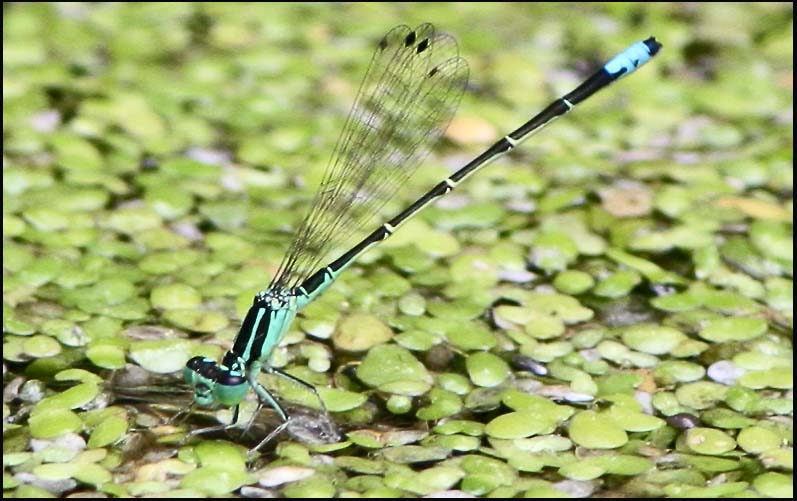
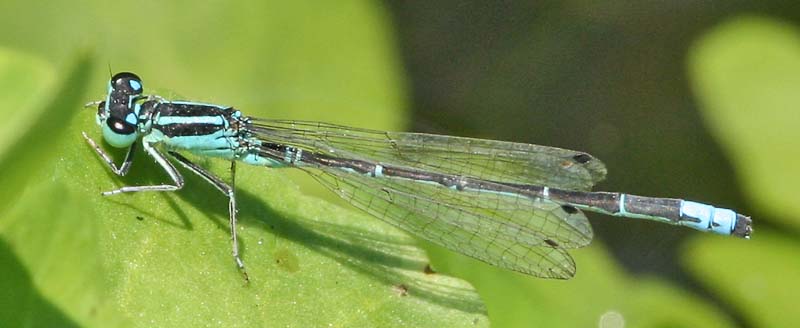
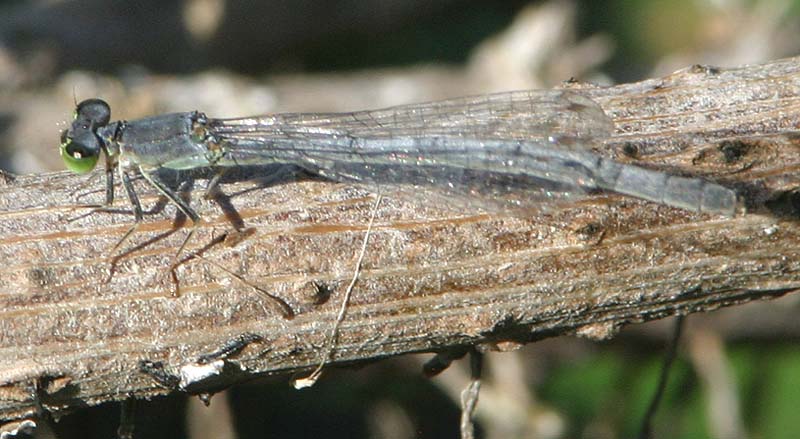
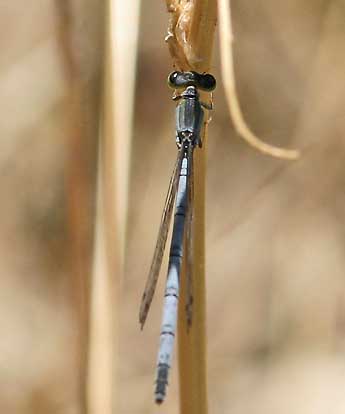
 The map shows a selection of locales at which
Western Forktail has been found. It is widespread in the lowlands and
into the Santa Lucia foothills. It is found around still, shallow
water: pond edges, grassy wet meadows, seeps, trickles.
The map shows a selection of locales at which
Western Forktail has been found. It is widespread in the lowlands and
into the Santa Lucia foothills. It is found around still, shallow
water: pond edges, grassy wet meadows, seeps, trickles.